Everything appeared as it should as we ate kippers for breakfast in the beautiful dining room at the Ballynahinch Castle Hotel in remote Connemara, County Galway. The Guinness service truck arrived promptly at 9 a.m. while the salmon fly fisherman prepared for a day of Atlantic salmon and sea trout angling.
The night before, as the young barman expertly pulled us pints of Guinness, we admired the mounted 15-pound trout and sampled a combination of scallops, trout, and salmon—all deliciously local.
Festooning the walls are photos of worldwide celebrities who have fished here, including former U.S. President Gerald Ford and the late great Indian cricket player Maharajah Ranjitsinhji, who once owned the castle. We were to later learn that we had had supper in his former billiard room, now the pub.
A Top Meal in Westport
We left Ballynahinch Castle near Clifton and its peaceful river and rich valley, and made our way into the territory of the brooding Twelve Bens mountain range. We decided to leave the amateur fly fishermen to their task, half expecting that these pros would have another seafood meal ready for us in Westport, County Mayo.
As we headed north for Westport using a roundabout route, we honed our skills at driving on the left, artfully dodging oncoming traffic of both the fighting Irish and the furious European kind, never seeming to quite get how to navigate on ridiculously narrow roads.
By taking uncharted side roads, we encountered enchanting villages with names like Letterfrack and Leenane, as we skirted the picturesque Maumturk Mountains.
One of our top meals in Ireland was in Westport where, by great chance, we met Frankie Mallon, chef at the An Port Mor Restaurant. Frankie explained that Ireland is a food destination, excelling in seafood and meat, fresh vegetables, and dairy products. But the proof was in the pudding.
After trying the Irish pot-roasted pig cheeks with fresh red currents and black pudding, followed by pan-fried hake and local scallops, I was ready to agree with him. Frankie recommended some restaurants and towns we were about to visit, mentioning that Ireland is such a small place that “we chefs all know each other.”
Through the counties of Sligo and Donegal we enjoyed connecting with the Irish countryside, country inns, and yes, erratic drivers. We also had unexpected encounters with cyclists, undisciplined walkers, errant sheep, free-roaming dogs, working sheepdogs, and, on one occasion, a group of pilgrims in prayer who had stopped their van basically in the middle of the road.
Derry/Londonderry
We eventually made it to Derry/Londonderry in Northern Ireland and had a chance to visit another of Frankie’s recommendations: Brown’s Restaurant. Brown’s is memorable for its champagne lounge where guests gather before the meal. When we were there, men gallantly kissed the hands of lady friends, as though in a scene from another era. Then, with great fanfare, all guests made their way to their tables, where, before every serving, a kind of sommelier/maitre d' used a microphone to announce the wine choices. The way he massacred the French names did not in any way detract from the wines’ quality.
But first, we spent some time exploring Derry/Londonderry, home to the largest intact walled city in the British Isles. This wall played a huge role in the Williamite War of the 1600s, when Ireland became the battleground between supporters loyal to England’s Catholic King James II and those in league with William of Orange, a Protestant.
Walking atop the walls it is easy to view the major spots of conflict from the siege, including Bishop’s Gate, where Catholic attempts to broker peace or force their way into the walled city were rebuffed. Even today, the tiny Protestant enclave on the west side of Derry/Londonderry has signs up declaring they are still under siege: “No Surrender.” This, some 325 years later.
Just a short distance further along the wall one sees the lower part of the Bogside, the Catholic area where many modern-day battles occurred during what’s known in Ireland as “The Troubles”—the conflict between Catholics and Protestants that boiled over in 1969.
A series of murals there commemorate British army attacks and show images of many victims, notably 14-year-old Annette MacGavin, killed in 1971. The world famous “You Are Now Entering Free Derry” sign is surrounded by murals commemorating the struggle along the street where Bloody Sunday occurred. At the modest Museum of Free Derry, exhibits include banners for equal rights, rubber bullets, and rubber bullet guns.
Today, both sides seem to be respecting their tragically gained peace, and reconciliation appears to be well anchored. A prime example is Richard Moore, who as a young lad was blinded by a rubber bullet. He later found an international aid agency, Children in Crossfire, which helps children in war zones worldwide.
One of Moore’s closest friends today is the British soldier who fired the rubber bullet.
Bruce Sach is a veteran Canadian travel writer
---
MORE TRAVEL INFORMATION
Ballynahinch Castle, Connemara: www.ballynahinch-castle.com
An Port Mor Restaurant, Westport: www.anportmor.com
Beech Hill County House Hotel, Derry/Londonderry: www.beechhill.com
Brown’s Restaurant, Derry/Londonderry: www.brownsrestaurant.com

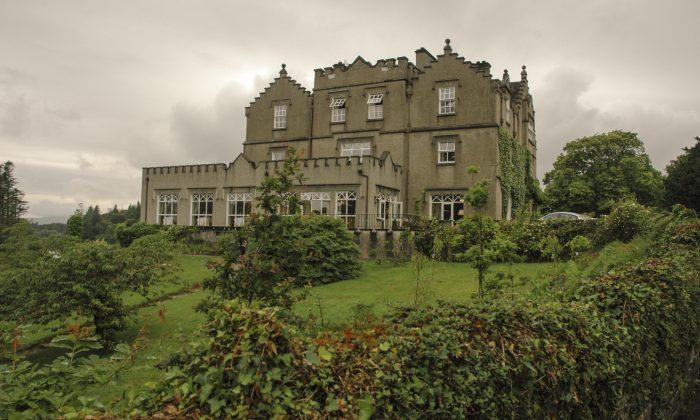
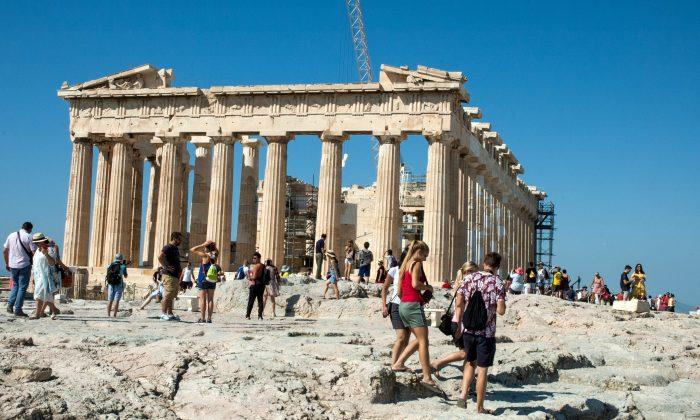
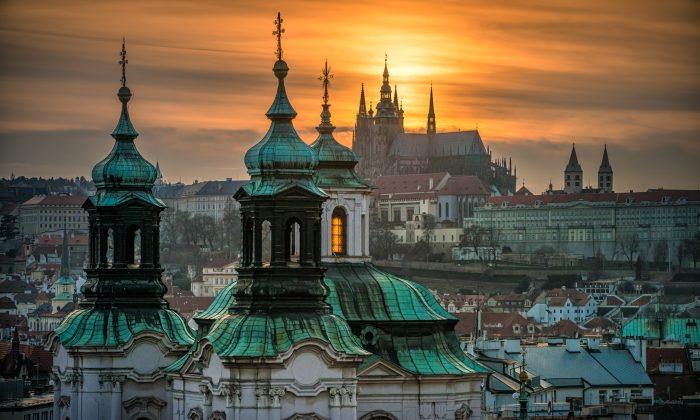
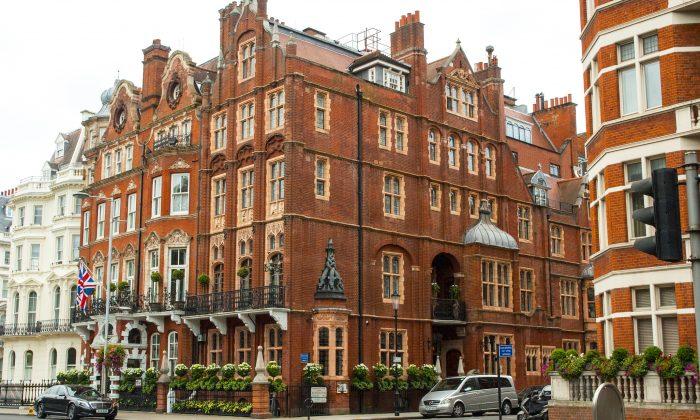
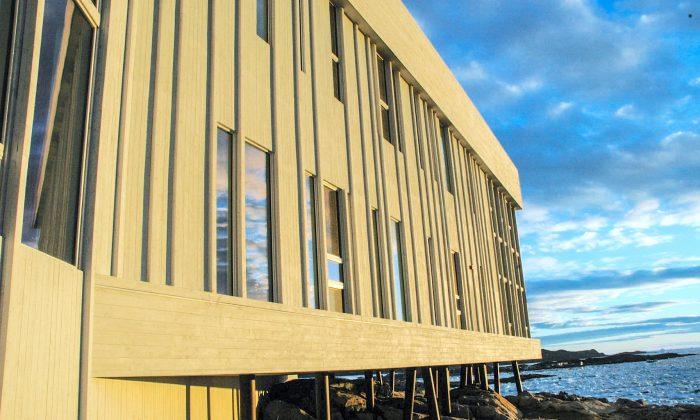
Friends Read Free